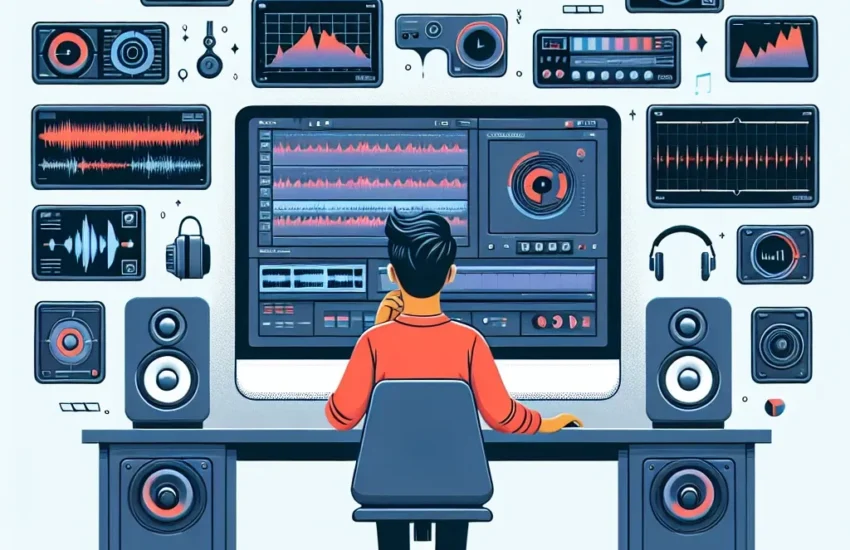When it comes to video editing, the choice of monitor can significantly impact the final output. Among the various types of monitors available, LED monitors are particularly popular due to their advanced technology and affordability. But the crucial question remains: Are LED monitors good for video editing?
To answer this question comprehensively, let’s delve into various important factors such as color accuracy, refresh rate, resolution, and other critical features.
Color Accuracy
Color accuracy is paramount in video editing. LED monitors often feature higher color accuracy compared to traditional LCD monitors, thanks to their backlight technology, which ensures better color reproduction and consistency.
Color Accuracy Comparison
| Monitor Type | Color Accuracy |
|---|---|
| LED | High |
| LCD | Moderate |
As shown in the table, LED monitors tend to have higher color accuracy, making them a good choice for video editing tasks that require precise color grading.
Refresh Rate
The refresh rate of a monitor determines how smoothly motion is displayed on the screen. For video editors, a higher refresh rate means a more seamless viewing experience during playback.
Refresh Rate Standards
- 60Hz: Standard refresh rate, suitable for basic editing.
- 120Hz: Better for smoother transitions and motion handling.
- 144Hz: Ideal for professional video editing.
Most high-end LED monitors come with refresh rates of 120Hz or higher, which is beneficial for video editing purposes.
Resolution
Resolution is another critical factor, as it affects the clarity and detail of the video being edited. LED monitors usually offer higher resolutions, including Full HD (1080p), 4K, and even 8K options.
Resolution Levels
| Resolution | Description |
|---|---|
| 1080p | Full HD, suitable for standard editing. |
| 4K | Ultra HD, excellent for detailed editing work. |
| 8K | Highly detailed, best for professional projects. |
For video editors aiming for high-quality outputs, a 4K or 8K LED monitor would be ideal.
Other Important Features
Besides color accuracy, refresh rate, and resolution, other critical features also play a role in determining whether an LED monitor is suitable for video editing.
HDR Support
HDR (High Dynamic Range) support enhances the monitor’s ability to display a broader spectrum of colors and contrasts, making the editing process more accurate and the final output visually stunning.
Connectivity Options
Modern LED monitors come with various connectivity options like HDMI, DisplayPort, and USB-C, allowing for flexible set-ups with multiple devices.
Panel Technology
Different panel technologies like IPS (In-Plane Switching) and VA (Vertical Alignment) also affect a monitor’s performance in video editing.
- IPS: Superior color accuracy and viewing angles.
- VA: Better contrast ratios but slightly narrower viewing angles.
Pros and Cons of LED Monitors for Video Editing
While LED monitors offer numerous advantages, they also have some disadvantages. Here is a summarized list of pros and cons:
Pros
- High color accuracy
- Better refresh rates
- Higher resolution options
- HDR support
- Wide range of connectivity options
Cons
- Higher cost compared to standard LCD monitors
- Potential for backlight bleeding
- May require calibration for optimal performance
Conclusion
In conclusion, LED monitors are indeed good for video editing, thanks to their high color accuracy, superior refresh rates, and higher resolution options. However, it’s essential to consider individual needs and budget constraints. Opt for monitors with IPS panels for the best color accuracy and consider investing in a 4K or higher resolution monitor for detailed editing work.

